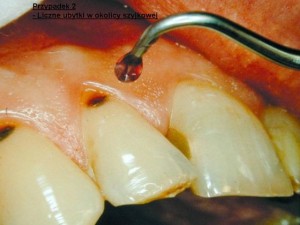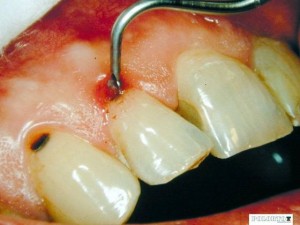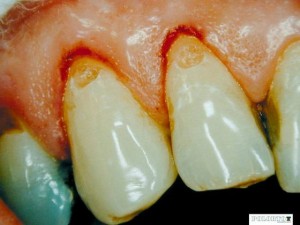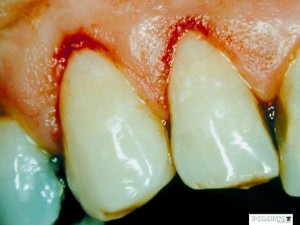Carisolv
(Chemo‐mechanical caries removal )
Composition
- The use of Carisolv is a technique used to remove caries and decay with minimal invasive techniques.
- It is composed of 0.5% sodium hypochlorite and 0.1% M amino acids “Glutamine, leucine and lycine”, each materiel has a specific function :
- Hypochlorite (dissolves the decayed dentine).
- Amino acid (buffering solution to prevent damage to the healthy tissue).
N.B: The amino acid and hypochlorite will react with the denatured Collagen Tissue of dentine (Infected dentine) making soft and easily removed with hand instruments.
How is it done?
- Apply mix to lesion.
- The lesion will dissolve.
- Check for turbidity, if present re‐apply mixture again and check.
- Check again, if it’s clear it means no more decay.
- Place the desired restoration.




Advantages
- Less anesthesia is used
- Useful for children, dental‐phobic patients.
- Useful for removing root or coronal caries in easily accessible.
- Removes the smear layer and doesn’t affect the bond strength of the adhesive materials.
- No histological effect on the pulp even with direct contact.
Disadvantages
- Longer time than conventional removal with burs
- Requires repeated application.
- Not sufficient to remove caries at the dento‐enamel junction.
- Caries may be hidden under the overhanging enamel.
- Won’t work on areas under restoration that show chronic decay thus still requires conventional drilling to be removed.
Video Presentation
A demonstration of Carisolv, a painless, minimally invasive, chemomechanical method of removing dental caries. The tooth was being prepared for a a resin filling. There are over 100 published studies on this method, and has been FDA approved.
Images Courtesy http://www.polorto.com.pl/
Video Courtesy http://www.youtube.com/watch?v=83e6pRgcz78&feature=player_embedded
OziDent Members Only
The rest of article is viewable only to site members,Please Register and/ or Confirm registration via EmailHere.If you are an existing user, please login.